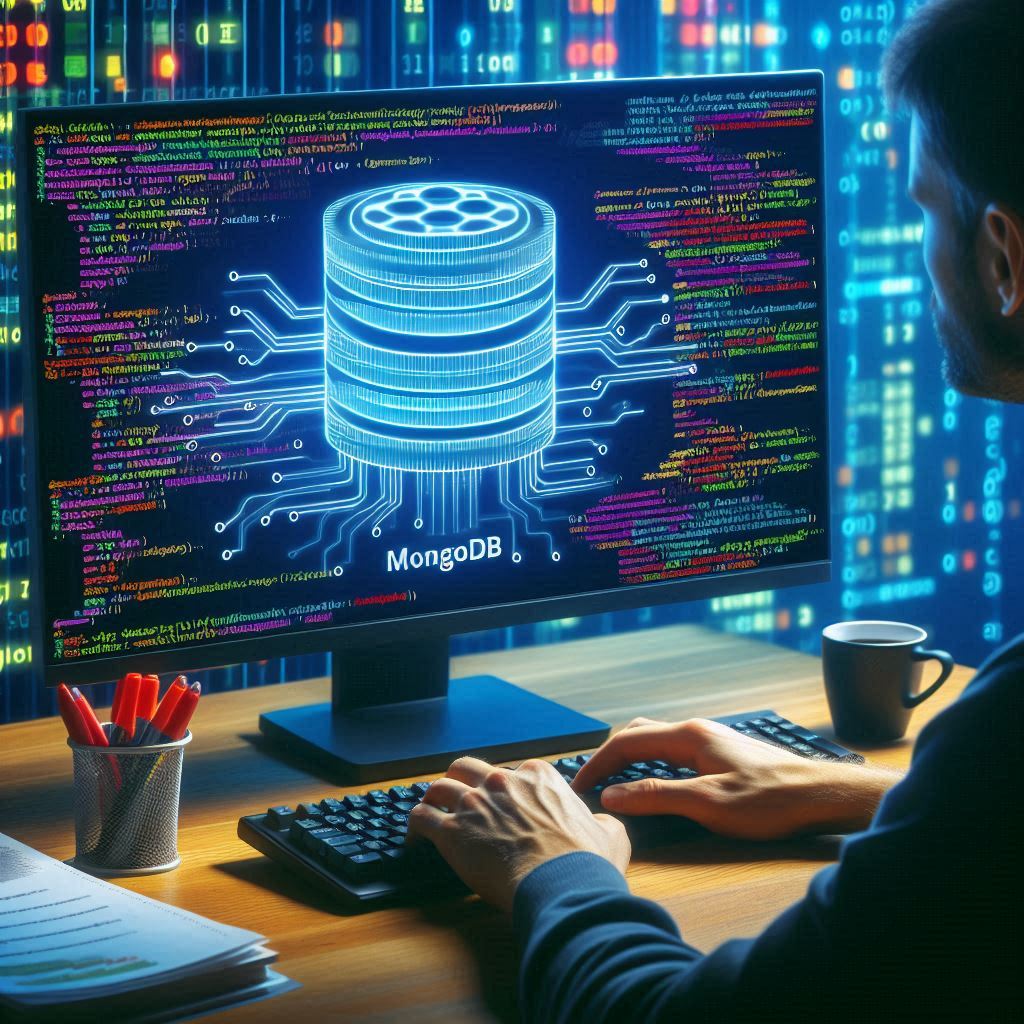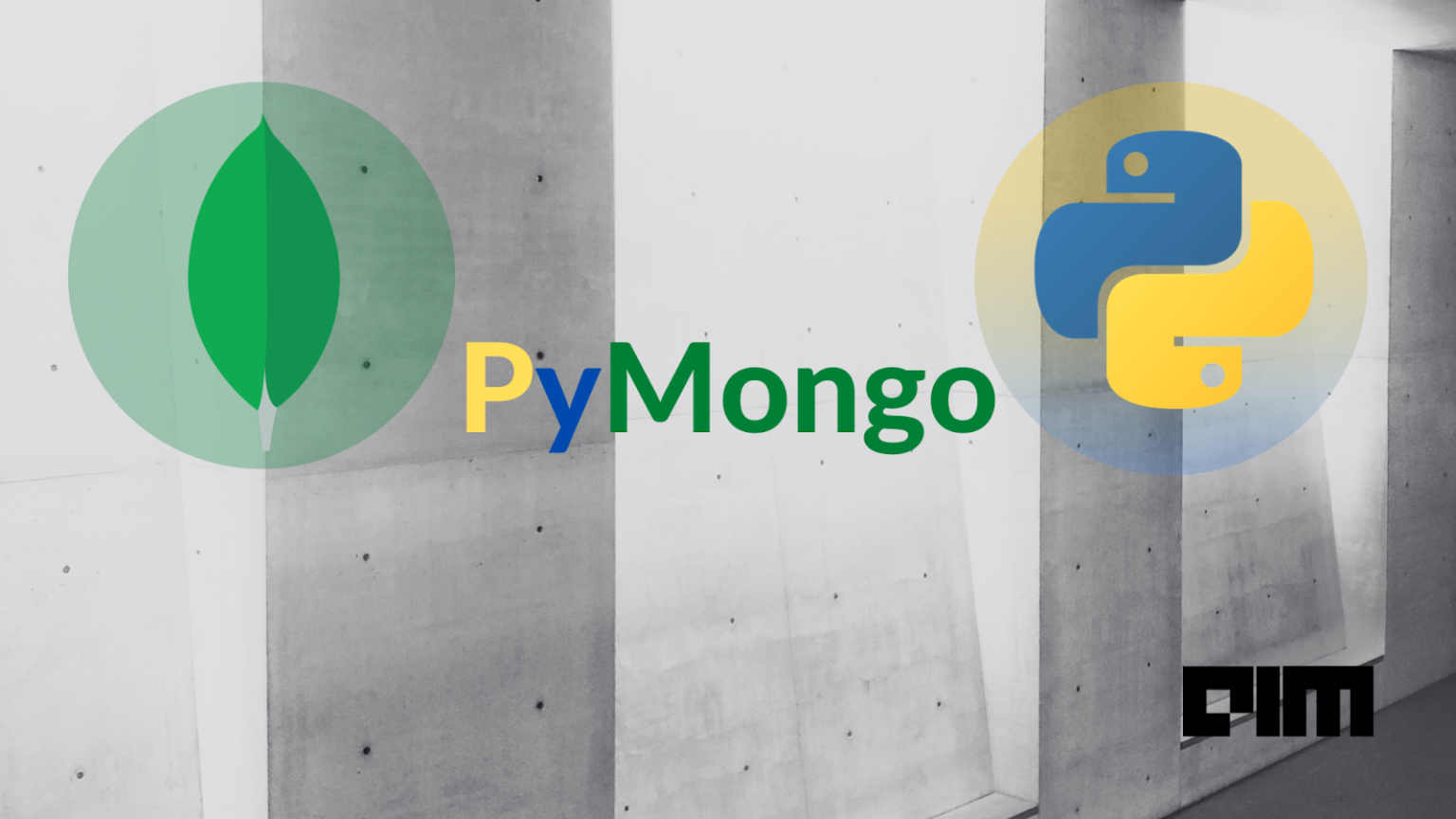Choosing a database for storing data from IoT devices depends on various factors, including the nature of your data, scalability requirements, query patterns, and your team’s familiarity with certain technologies. Here are a few database options that are commonly considered for IoT data storage: The choice of database depends on your specific use case, including…
Month: August 2023
large-scale web application roadmap
Creating a large-scale web application with video, voice, and text message features using Django (a Python web framework) is an ambitious goal. Here’s an extended roadmap of what you should learn: Creating a large-scale web application is a significant undertaking, and it requires a deep understanding of various technologies. Consider breaking down the project into…
Connect to a MongoDB container
To connect to a MongoDB container using PyMongo with a URI, you can follow these steps: Replace the placeholders with your actual values. Here’s an example URI: Here’s an example script that puts it all together: Remember to replace “username”, “password”, “localhost”, “27017”, and “mydatabase” with your actual MongoDB container information. Note: Make sure your…
write tests using pytest for a MongoDB
write tests using pytest for a MongoDB user login check, you’ll need to create a sample database, add test data, and then write test cases to check the user login function. Here’s how you can do it: Step 1: Install Required PackagesFirst, make sure you have pytest and mongomock installed. mongomock is a library that…
user login checks using MongoDB and Python
To perform user login checks using MongoDB and Python, you can follow these steps: Step 1: Set Up MongoDBMake sure you have MongoDB installed and running. You can follow the steps mentioned earlier to set up a MongoDB container using Docker. Step 2: Install PyMongoInstall the PyMongo library if you haven’t already: Step 3: Create…
Configuring Docker with MongoDB and connecting it with PyMongo
Configuring Docker with MongoDB and connecting it with PyMongo involves several steps. Docker allows you to create isolated environments (containers) for applications, and PyMongo is a Python driver for MongoDB. Here’s a step-by-step guide: Step 1: Install DockerIf you haven’t already, install Docker on your machine. You can download it from the official Docker website:…
Second Step Git Repository Configure
After initializing a Git repository, you can configure it and push your code to a remote repository on GitHub. Here’s how: And that’s it! Your local repository is now connected to your remote repository on GitHub, and you’ve pushed your code to the remote repository. Subsequent pushes can be done using git push without the…
Zero Step To init GIT
The first step to initialize Git is to create a new Git repository. Here’s how you can do it:


